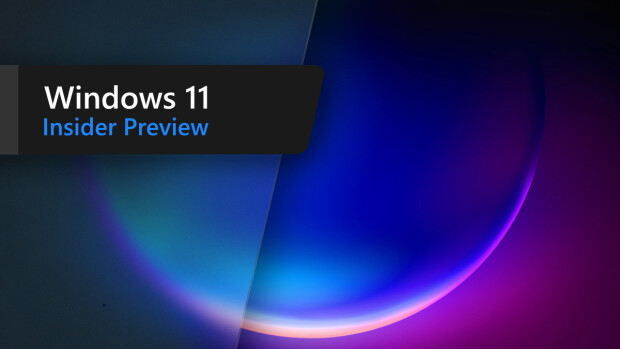WinFS is Destined to Supersede FAT and NTFS
Around 20 years ago, Microsoft's widely used MS DOS 2.0 operating system could only handle hard drives up to 16 MB. Yet, for the few people using PCs back then, what today seems like a ridiculous memory limitation was not actually a problem, since "mass storage" in those days was about as expensive as a color TV. What was worse in the '80s and '90s was the amount of expensive memory that the DOS OS wasted. Even the first Windows versions were not capable of completely utilizing all the physical memory on the drive.
That was scarcely 25 years ago, but many computer generations later, the problem has been turned on its head. Developers don't have to struggle with restrictions on hard-drive capacities; instead, they have their hands full managing gigantic quantities of data on storage media virtually unlimited in size. FAT systems were never designed to cope with several hundred MB of data on disks of 200 GB.
The dilemma has prompted Microsoft to take action with its next Windows generation. The Windows Future Storage (Win FS) file system will take its place in Longhorn, the successor to XP. For the first time, a server technology will manage data on home PCs via a relational database. This article traces its development and lifts the veil on file systems of the future.
![]() View: View Full Article
View: View Full Article
![]() News source: tomshardware.com
News source: tomshardware.com














